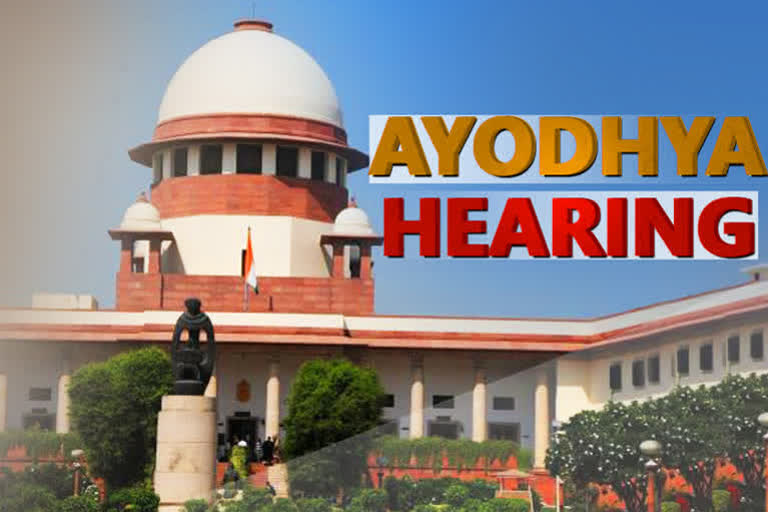The hearing for the Ramjanma Bhumi- Babri masjid dispute case continued for the 6th day today with Senior Advocate CS Vaidyanathan, the counsel for deity 'Ram Lalla', citing Skanda Purana, Mahabharata, French and foreign travellers' documents to establish the presence of the temple in Ayodhya.
Vaidyanathan said that Mughal emperor Babur ordered his millitary to build the mosque, to which Rajeev Dhawan intervened and said that pages mentioning this episode in the autobiography of Babur, 'Baburnama', were missing.
Vaidyanathan added that mosque was demolished before 1786 but there is still doubt on who demolished it.
He said that the temple was demolished twice, once by emperor Jahangir and the second time by Babur.
English merchant William Finch, who visited India in 1608-1611, recorded in his travelogue that there was a fort in Ayodhya where Hindus believed Ram was born, the counsel for deity 'Ram Lalla' added.



